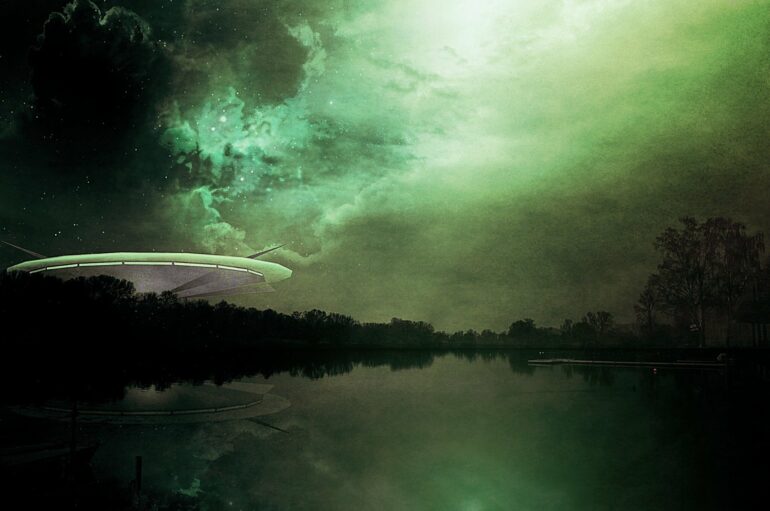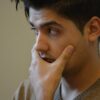Nineteen percent of respondents to a survey of academics report that they or someone they know have witnessed unidentified aerial phenomena (UAP)—observations of the sky that cannot be identified as aircraft or as known natural phenomena—and 37% report some degree of interest in conducting research into UAP.
The findings, which are based on a survey of 1,460 US academics, are published in Humanities and Social Science Communications and highlight that many academics consider the evaluation of UAP to be worthy of academic scrutiny.
Marissa Yingling, Charlton Yingling and Bethany Bell surveyed professors, associate professors, and assistant professors from 144 US universities across 14 academic disciplines in 2022. The survey was sent to 39,984 academics and the response rate was 4%. Participants, who were 62% male and 80% white, were asked about their perceptions of, experiences with and opinions of UAP. Of the 14 different disciplines represented, 10% of participants worked in political science, 10% worked in physics, 10% in psychology and 6% in engineering.
Nineteen percent of participants (276) reported that they or someone they knew had witnessed UAP and a further 9% (128) reported that they or someone they knew may have witnessed UAP. Thirty-nine percent of all participants reported that they did not know what the most likely explanations for UAP were, while 21% attributed them to natural events and 13% to devices of unknown intelligence.
Although only 4% of participants reported that they had conducted academic research related to UAP, 36% (524) reported some degree of interest in conducting research in this area. 43% said they would be more likely to conduct academic research into UAP if a reputable scholar in their discipline did so and 55% said they would be more likely to conduct research into UAP if they could secure funding.
Thirty-seven percent of participants ranked the importance of further research into UAP as very important or absolutely essential, while 64% considered academia’s involvement in UAP-related research to be very important or absolutely essential.
The findings suggest that many US academics across disciplines consider academia’s involvement in research into UAP to be important and may be cautiously willing to engage with research into UAP, particularly if others they consider to be reputable within their field do so. The authors suggest that open discussions of UAP among academics could enable greater academic involvement in UAP-related research.
However, they note that further surveys in larger and more diverse cohorts are needed to investigate attitudes towards UAP more generally among academics in the U.S..
More information:
Marissa Yingling, Faculty Perceptions of Unidentified Aerial Phenomena, Humanities and Social Science Communications (2023). DOI: 10.1057/s41599-023-01746-3. dx.doi.org//10.1057/s41599-023-01746-3
Citation:
Unidentified aerial phenomena observations reported by almost one fifth of academic survey respondents (2023, May 22)



